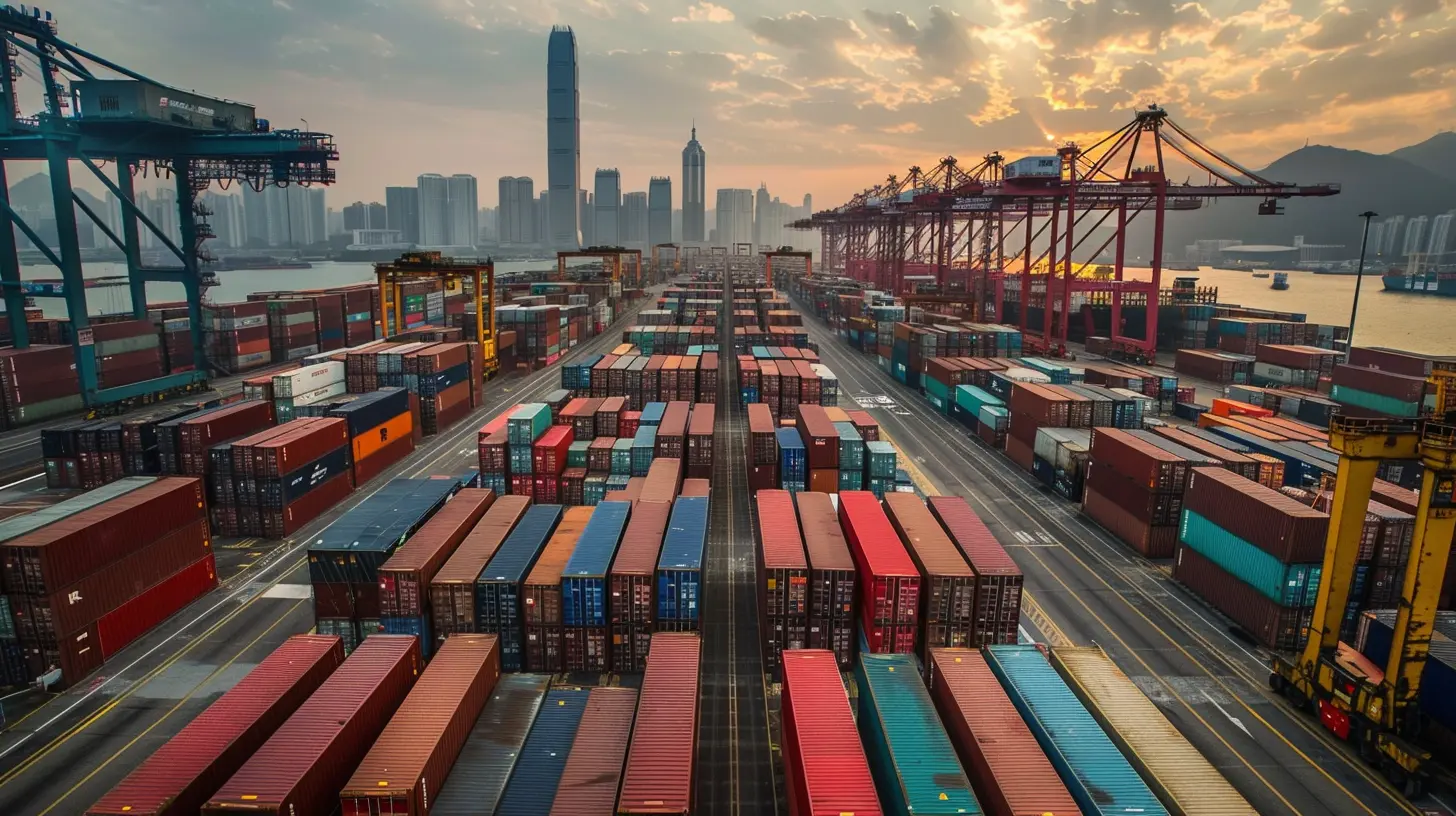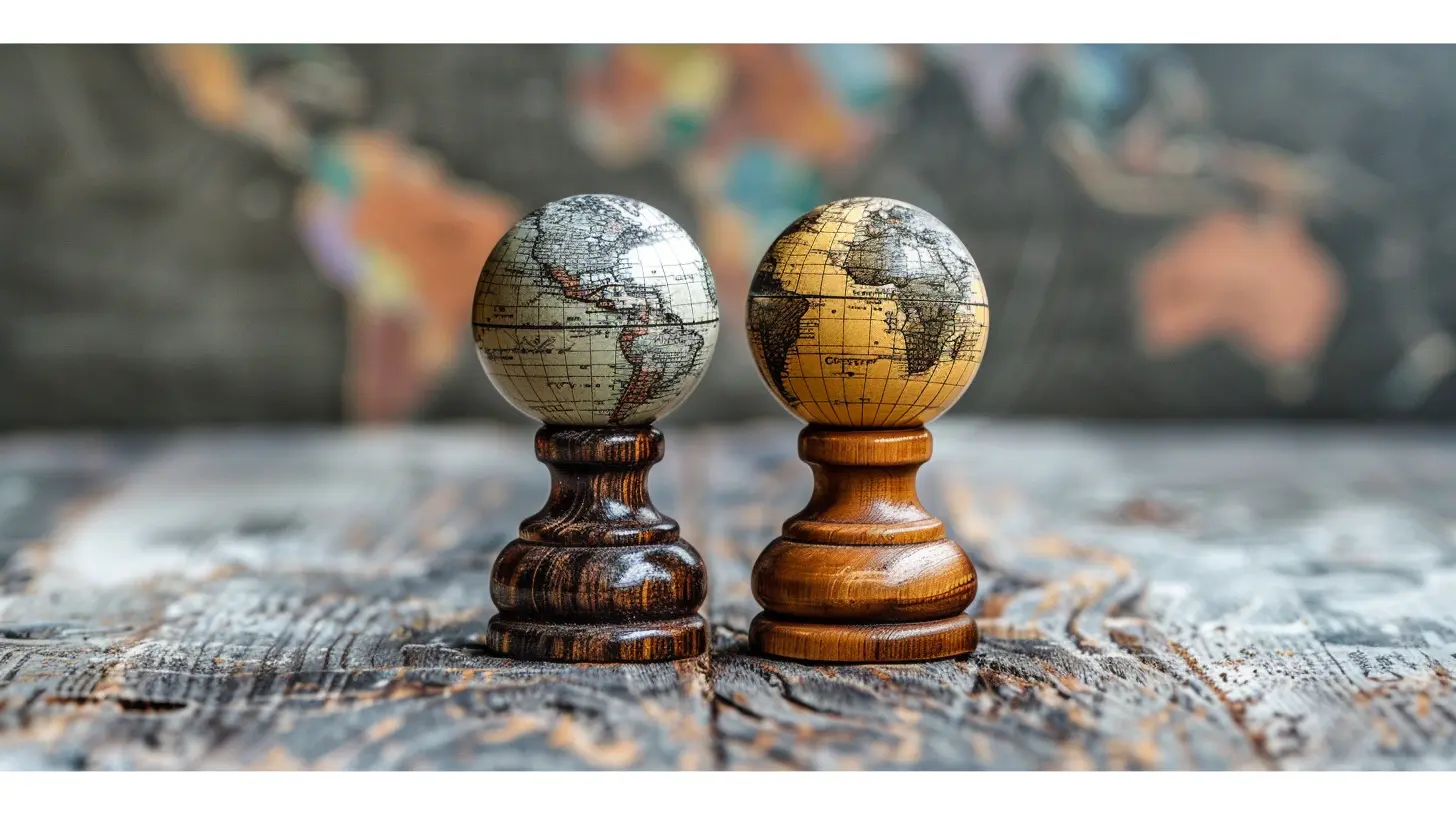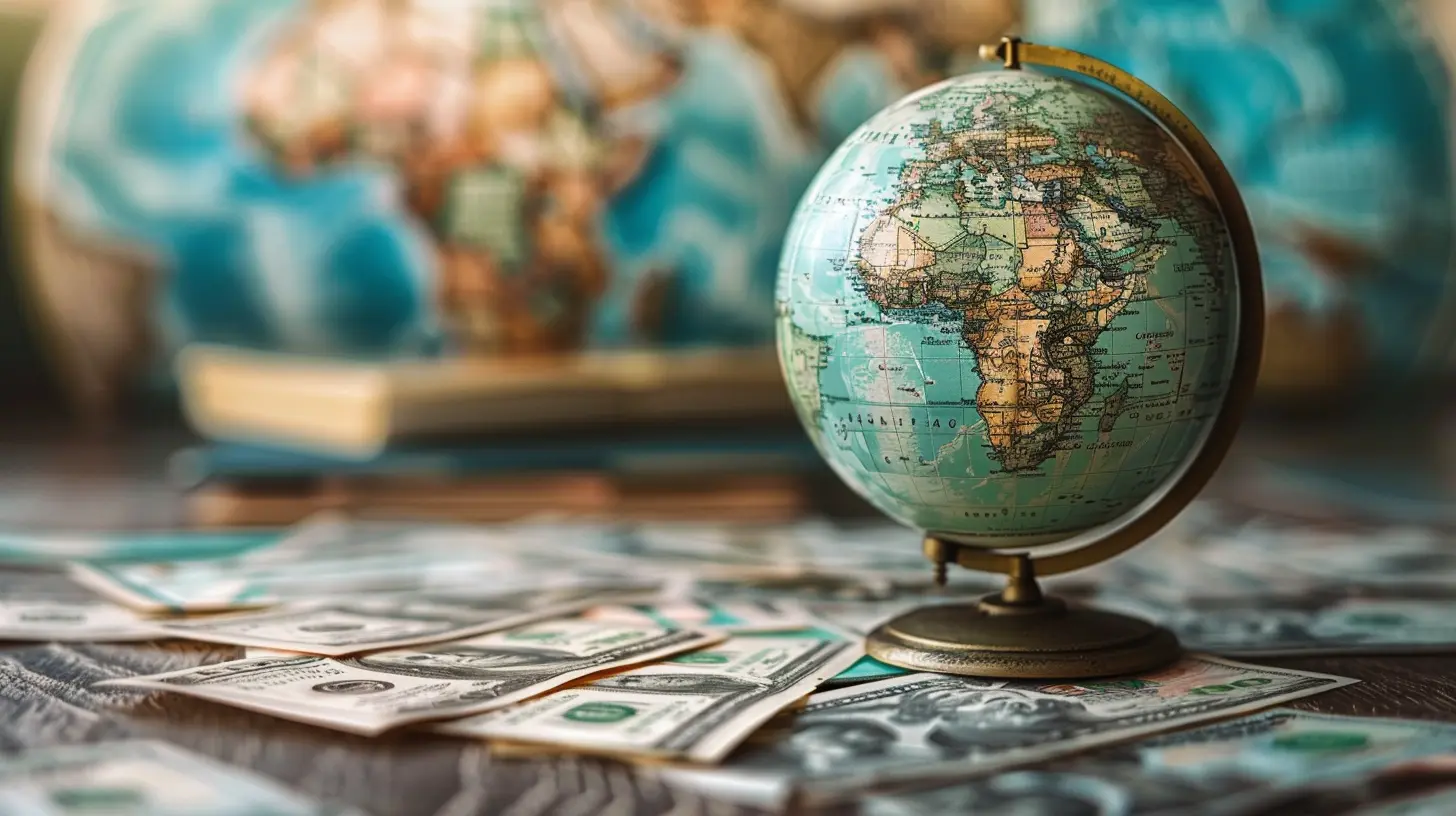The Trade Deficit Explained: What It Means for Global Markets
20 October 2025
Let’s be real—economics can feel like a tangled mess of jargon, charts, and confusing headlines. "Trade deficit" is one of those buzzwords that gets tossed around a lot, especially during political debates or when the economy hits a rough patch. But what does it actually mean? And more importantly, should you be worried about it?
In this article, we’re going to break it all down. No fluff, no economic mumbo jumbo—just a straightforward, human explanation of what a trade deficit is, why it happens, and how it affects the bigger picture in global markets.
What Is a Trade Deficit, Really?
Okay, let’s start with the basics.A trade deficit occurs when a country imports more goods and services than it exports. Imagine you're running a lemonade stand. You’re buying lemons, sugar, and cups for $50, but you’re only making $30 from selling lemonade. That $20 gap? That’s sort of like a trade deficit—you're spending more than you're earning through trade.
In national terms, if the U.S. imports $3 trillion in goods but only exports $2.5 trillion, there’s a $500 billion trade deficit. Simple, right?
What Causes a Trade Deficit?
Now, you might be thinking, “Why would any country spend more on imports than they make from exports?” Fair question! There are actually a few reasons this might happen:1. Consumer Demand for Foreign Goods
Sometimes, people just want stuff that's made elsewhere. Whether it's German cars, Japanese electronics, or French wine—consumers often crave imported items, even if they cost more.2. Currency Value Differences
If a country’s currency is strong, it can buy more foreign goods for less money. That makes imports cheaper and more attractive, which can increase the trade deficit.3. Manufacturing Cost Differences
Countries with higher labor and production costs (like the U.S.) may import from countries where it’s cheaper to produce goods.4. Global Supply Chains
Nowadays, products are made all over the place. An iPhone may be designed in California but manufactured in China with parts from Korea and Japan. These complex supply chains can skew trade numbers.
Is a Trade Deficit a Bad Thing?
Here’s where it gets a little tricky.The word "deficit" sounds bad—like something we should fix immediately. But in the case of trade, it’s not always so black and white. A trade deficit isn’t inherently bad or good; it depends on the context.
✅ When It Might Be Okay
- Strong Domestic Demand: If people in your country are buying a lot, including foreign goods, it can signal a strong economy.- Investment from Abroad: Countries running deficits often receive foreign investments to balance things out. For instance, other nations may invest in U.S. stocks, real estate, or startups.
❌ When It Might Be a Problem
- Loss of Jobs: If too many goods are imported, local industries may suffer, leading to job losses at home.- Growing Debt: A long-term, unchecked trade deficit can contribute to national debt, especially if the country borrows money to pay for imports.
- Dependency Issues: Relying too heavily on other nations for key goods (like energy or tech components) can be risky in times of political or economic instability.
So it’s not always about “good” or “bad”—it’s more about balance and long-term sustainability.
How Do Trade Deficits Affect the Global Markets?
Let’s zoom out for a second.When one country runs a trade deficit, it impacts relationships with trading partners, currency values, and even global economic dynamics. Here’s how it all connects:
💱 1. Currency Fluctuations
Trade deficits can cause a country’s currency to weaken over time. Why? Because when you import more, you’re essentially sending money out of the country. More demand for foreign currencies can lower the value of your own.This, in turn, can make exports cheaper and more attractive to other countries—kind of like a built-in balancing system.
🌐 2. Trade Relationships
Persistent deficits can strain relationships. Countries running surpluses (exporters like China or Germany) might be accused of "unfair" trade practices. This can lead to tariffs, trade wars, or renegotiated deals—things that rattle global markets.📉 3. Stock Market Reactions
Global investors watch trade balance reports closely. A widening deficit might spark fears of economic slowdown or inflation, which can send stock prices down. On the flip side, a shrinking deficit might lift market sentiment.The Trade Deficit and the U.S. Economy
Let’s put some spotlight on the U.S.—one of the most talked-about countries when it comes to trade deficits.The U.S. has run a trade deficit for decades. In 2023 alone, the country imported significantly more than it exported, especially in goods. Services like tourism and software development did help offset some of the gap, but the red ink was still there.
So is this a catastrophe? Not necessarily.
The U.S. dollar is still the world’s reserve currency. Foreign investors gobble up U.S. Treasury bonds. And American tech and service industries remain competitive worldwide. In other words, the trade deficit hasn’t stopped the U.S. from being a global economic powerhouse.
But that doesn’t mean we can ignore it forever. Over-reliance on foreign manufacturing, especially for essential goods like semiconductors or pharmaceuticals, could pose risks in crisis situations—like, say, a global pandemic.
Can We Reduce the Trade Deficit?
This is a big question, and one that policymakers argue about constantly.Here are a few strategies that have been tried or proposed:
🔧 1. Promoting Domestic Manufacturing
By investing in local industries and infrastructure, a country can reduce its reliance on imports and produce more at home.📈 2. Export Incentives
Governments sometimes offer subsidies or tax breaks to boost exports, making home-grown products more competitive abroad.🧾 3. Trade Agreements
Renegotiating trade deals to make them more “balanced” is another route—though these efforts often lead to political sparring.💰 4. Currency Policy
Some countries manipulate their currencies to make exports cheaper (though that can spark backlash from trade partners).Still, there's no one-size-fits-all solution. Fixing a trade deficit is more like steering a giant ship than flipping a switch.
The Human Side of a Trade Deficit
Let’s not forget—behind all the numbers and policies are real people.A trade deficit might mean lower prices at the store (thanks to cheaper imports), but it could also mean fewer factory jobs in certain towns. It might mean big companies get richer from global supply chains, while small businesses struggle to compete.
So when we talk about trade deficits, we’re really talking about choices—about what kind of economy we want, who benefits, and who bears the cost.
So, Should You Be Worried?
Here’s the honest truth: most people don’t need to lose sleep over the trade deficit.It’s one of many moving parts in a complex global economy. Like your cholesterol levels or that weird noise your car makes—it’s worth paying attention to, but it’s not always an emergency.
That said, understanding it gives you a clearer view of how the world works. It helps you make sense of headlines, political debates, and even your own finances. And hey, that's pretty empowering.
Final Thoughts
The trade deficit isn’t just an economic abstraction—it’s a window into how countries interact, compete, and cooperate on the world stage. It reflects our tastes, our industries, our challenges, and our values.Try to think of it like a seesaw. When one side goes up (imports), the other goes down (exports), and vice versa. The goal isn’t always to have a perfectly balanced seesaw, but to keep it stable enough so that the people sitting on it don't go flying off.
The next time someone throws around the term "trade deficit," you won’t need to nod and pretend you understand. You’ll get it. And that's a small victory in a crazy, connected world.
all images in this post were generated using AI tools
Category:
Economic IndicatorsAuthor:

Audrey Bellamy
Discussion
rate this article
1 comments
Layne Pace
This article clearly illustrates the complexities of the trade deficit and its impact on global markets. Understanding these dynamics is crucial for investors and policymakers alike. Great job breaking down such an important topic!
October 24, 2025 at 3:30 AM

Audrey Bellamy
Thank you for your insightful comment! I'm glad you found the article helpful in unpacking such a vital subject.


